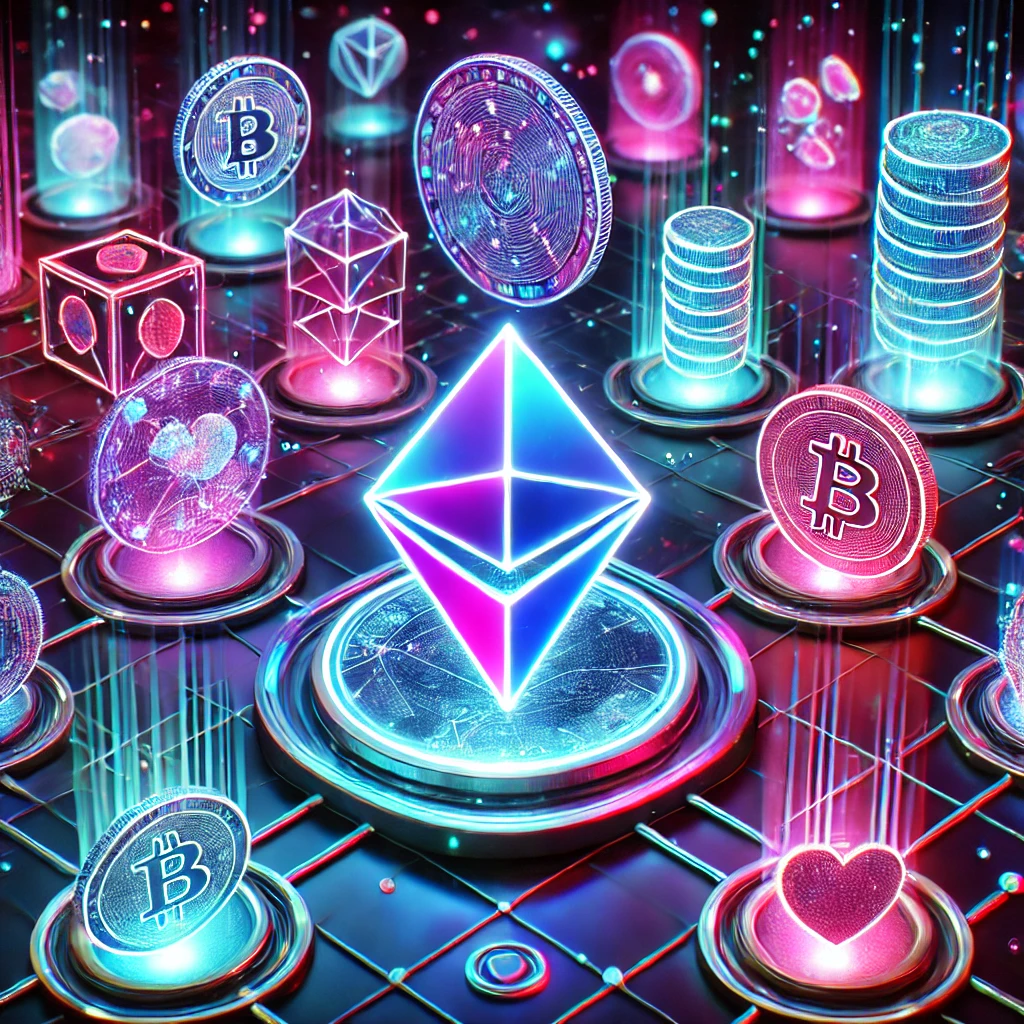Non-Fungible Tokens (NFTs) have taken the digital world by storm, offering a unique way to own and trade digital assets on the blockchain. From art and music to virtual real estate and collectibles, NFTs have unlocked a new frontier for creators and investors alike. With this explosive growth comes the challenge of navigating the fast-paced and complex world of NFT trading.
What Is NFT Trading?
NFT trading involves buying and selling digital assets that are stored on a blockchain. Unlike cryptocurrencies, NFTs are unique and indivisible, meaning no two NFTs are exactly alike. This uniqueness has driven their value and popularity, especially among collectors and enthusiasts.
NFTs are typically traded on specialized marketplaces such as OpenSea, Rarible, and Magic Eden. These platforms allow users to browse, bid on, and purchase NFTs using cryptocurrencies, most commonly Ethereum or Solana.
Key Features of NFT Trading
- Digital Ownership Each NFT represents ownership of a specific digital item, verified on the blockchain.
- Scarcity and Provenance NFTs are often created in limited quantities, and their ownership history is publicly verifiable on the blockchain.
- Marketplace Accessibility With a crypto wallet, anyone can participate in NFT trading, opening up global access to digital asset markets.
- Smart Contract Functionality NFT transactions are governed by smart contracts, ensuring secure and automated exchanges.
- Community and Utility Many NFTs offer benefits beyond ownership, such as access to exclusive events, membership perks, or voting rights in decentralized organizations.
Benefits of NFT Trading
- Global Reach: NFTs can be bought and sold by anyone with internet access and a crypto wallet, creating a truly global market.
- Creativity and Innovation: Artists and creators can directly monetize their work without intermediaries.
- Liquidity: Many NFT marketplaces provide instant trading options, allowing users to quickly sell or trade their assets.
- Investment Potential: Early adopters of popular NFT projects have seen significant returns on their investments.
Risks and Challenges
- Market Volatility: NFT values can fluctuate wildly based on trends, hype, and market conditions.
- Scams and Fraud: Fake collections and phishing attacks are prevalent in the NFT space. Always verify authenticity before trading.
- High Transaction Costs: Network fees, especially on Ethereum, can make NFT trading expensive during periods of high demand.
- Illiquidity: Some NFTs may not sell quickly, leaving traders with assets that are hard to convert back to crypto or cash.
Popular NFT Trading Strategies
- Flipping: Buying NFTs at a lower price and selling them quickly for a profit.
- HODLing: Holding onto NFTs for long-term appreciation, especially those tied to well-established projects.
- Sniping: Identifying undervalued NFTs or bidding on auctions at the last moment to secure deals.
- Participating in Drops: Acquiring NFTs directly from creators during initial launches, often at lower prices.
Getting Started with NFT Trading
- Set Up a Crypto Wallet: Use wallets like MetaMask or Phantom to store cryptocurrencies and NFTs.
- Choose a Marketplace: Research platforms like OpenSea, Rarible, or Magic Eden based on the blockchain you prefer.
- Research Projects: Study the team, community, and roadmap behind NFT collections to gauge their potential value.
- Start Small: Begin with smaller investments to familiarize yourself with the trading process and associated risks.
The Future of NFT Trading
As NFTs evolve, their applications are expected to extend beyond art and collectibles. Innovations in gaming, virtual reality, and decentralized identity will likely drive further adoption. Additionally, emerging blockchain networks like Solana and Layer 2 solutions on Ethereum are reducing transaction costs, making NFT trading more accessible.
Conclusion
NFT trading has opened up a dynamic and rapidly growing market for digital assets. While it offers significant opportunities for profit and creativity, it’s essential to approach it with caution and thorough research. By understanding the market, leveraging reliable tools, and staying informed about trends, traders can maximize their success in the world of NFTs. The future of NFT trading is bright, with endless possibilities waiting to be explored.


Leave a Reply